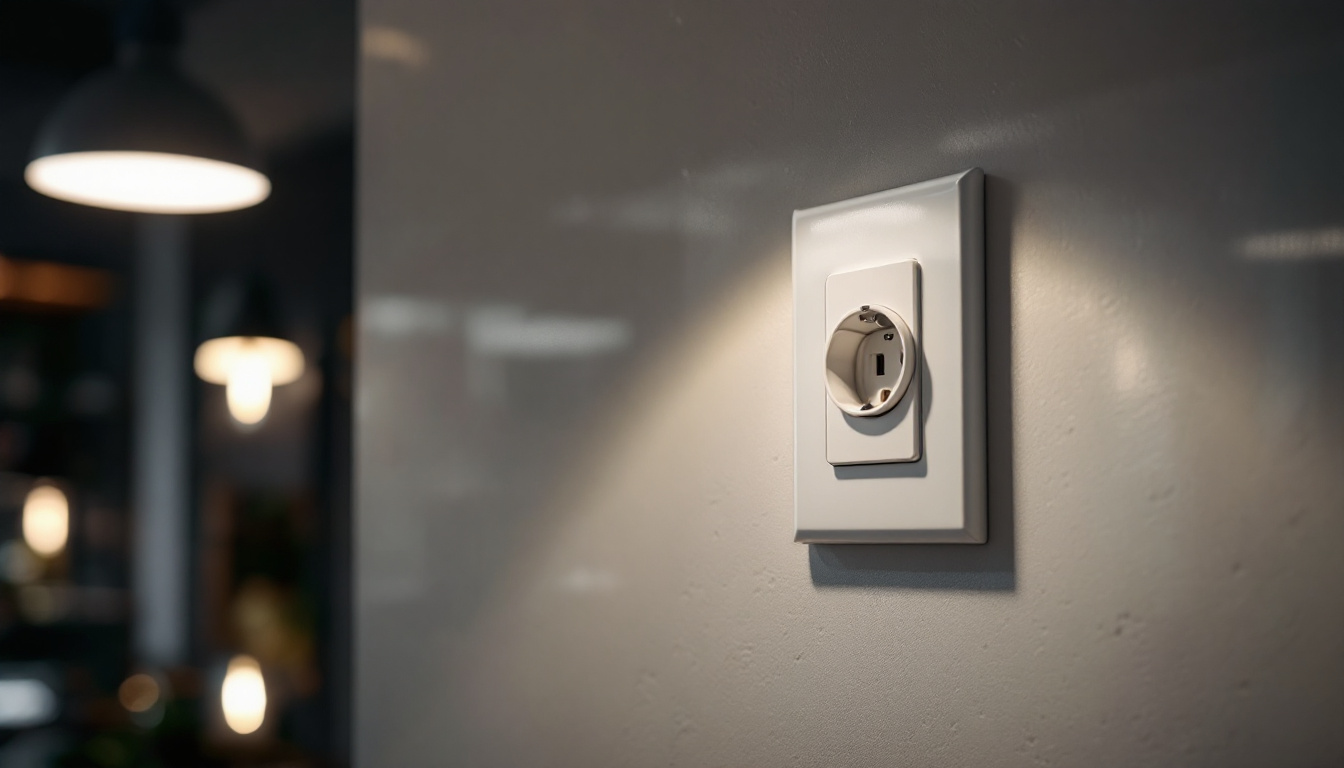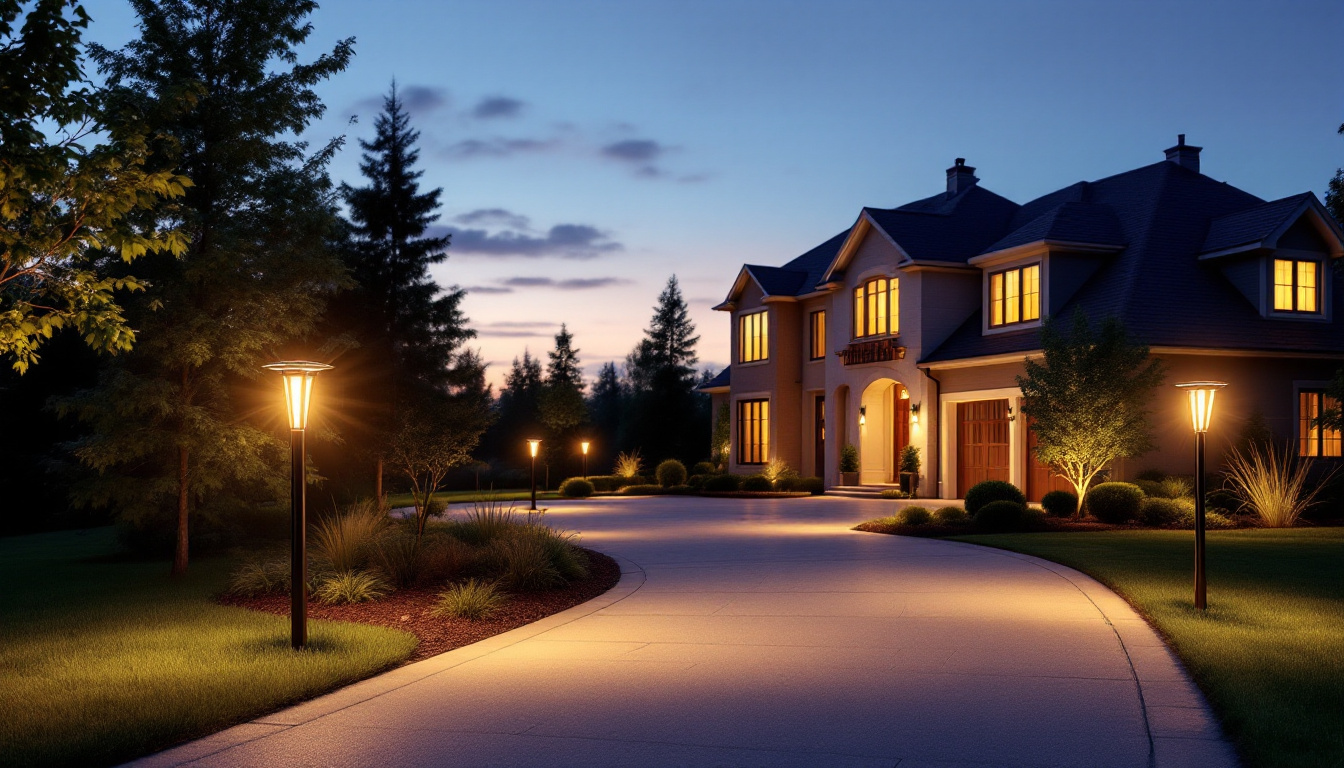
In the world of lighting design and installation, ceiling light canisters play a crucial role in achieving both functionality and aesthetic appeal. For lighting contractors, understanding the nuances of these fixtures is essential for delivering high-quality installations that meet client expectations. This article delves into the various aspects of ceiling light canisters, from their types and installation techniques to their impact on energy efficiency and design.
Ceiling light canisters, often referred to as recessed lighting or downlights, are fixtures that are installed into the ceiling, providing a sleek and unobtrusive lighting solution. They are designed to be flush with the ceiling surface, allowing for a clean look that integrates seamlessly into various architectural styles. This integration not only enhances the visual appeal of a space but also maximizes the use of available square footage, making them a popular choice for both residential and commercial applications.
There are several types of ceiling light canisters available, each designed for specific applications and environments. The most common types include:
Each type serves a unique purpose, and understanding these differences can help contractors make informed decisions based on the project requirements. Additionally, the choice of canister can influence not only the lighting quality but also the energy consumption of a space, making it essential to consider the long-term implications of each option.
When selecting ceiling light canisters, several features should be taken into account to ensure optimal performance and client satisfaction:
By carefully considering these features, contractors can ensure they select the right canisters for their projects, aligning with both functional and aesthetic goals. Furthermore, understanding the latest advancements in lighting technology, such as smart lighting integration, can provide additional benefits, allowing users to control their lighting remotely and create dynamic environments tailored to their needs.
Proper installation of ceiling light canisters is crucial for ensuring both safety and performance. The installation process can vary depending on the type of canister and the specific project requirements. Understanding the nuances of each type canister is essential for achieving optimal lighting and aesthetic appeal in your space.
Before beginning the installation, thorough planning is essential. This includes understanding the layout of the space, determining the appropriate spacing between fixtures, and ensuring that electrical wiring is accessible. A well-thought-out plan can prevent complications during installation and ensure a more efficient process. Additionally, consider the type of lighting you wish to install; LED canisters, for example, are energy-efficient and have a longer lifespan, while traditional incandescent options may offer a warmer glow. Assessing your lighting needs in relation to the room’s purpose can greatly influence your choices.
The installation of ceiling light canisters generally follows these steps:
Following these steps can help ensure a professional and safe installation, minimizing the risk of issues down the line. It’s also beneficial to take into account the type of trim you choose, as this can significantly affect the overall look of your lighting. Trims come in various styles, including baffle, reflector, and adjustable options, each offering different levels of light diffusion and aesthetic appeal. Furthermore, consider the color temperature of the bulbs you plan to use; warmer tones can create a cozy atmosphere, while cooler tones are often more suitable for task-oriented spaces.
With growing concerns about energy consumption and sustainability, ceiling light canisters can play a significant role in enhancing energy efficiency in residential and commercial spaces.
When selecting canisters, opting for LED fixtures is a wise choice. LED lights consume significantly less energy compared to incandescent or halogen options, providing the same level of brightness while reducing electricity costs. Additionally, LED canisters often have a longer lifespan, which means fewer replacements and less waste.
Properly installed ceiling light canisters can also contribute to the overall efficiency of heating, ventilation, and air conditioning (HVAC) systems. By using IC-rated canisters in insulated ceilings, contractors can prevent energy loss and maintain consistent temperature control, ultimately leading to lower energy bills for clients.
Ceiling light canisters are not just functional; they also play a pivotal role in the overall design of a space. Understanding how to effectively incorporate these fixtures can enhance the aesthetic appeal of any room.
Different types of trims and light sources can create varying levels of ambiance. For instance, using a dimmable LED canister allows clients to adjust the lighting based on their mood or activity. Additionally, wall-wash trims can highlight artwork or architectural features, adding depth and interest to the space.
Ceiling light canisters should be integrated with other lighting elements, such as chandeliers, pendant lights, or sconces, to create a layered lighting effect. This approach not only enhances the functionality of the space but also adds visual interest and depth.
While installing ceiling light canisters can be straightforward, several common challenges may arise. Being prepared to address these issues can help contractors ensure a smooth installation process.
One of the most common challenges is encountering ceiling joists that obstruct the installation of canisters. In such cases, it may be necessary to adjust the layout of the fixtures or use specialized canisters designed for tight spaces. Additionally, using remodel canisters can often provide more flexibility in these situations.
Ensuring compliance with local electrical codes is crucial for safety and legality. Contractors should stay updated on the latest regulations and ensure that all installations meet these standards. This may involve consulting with local authorities or electrical inspectors to verify compliance.
Once ceiling light canisters are installed, ongoing maintenance is essential to ensure they continue to function effectively and efficiently.
Conducting regular inspections of the fixtures can help identify any issues before they become significant problems. This includes checking for flickering lights, unusual noises, or signs of overheating. Addressing these issues promptly can prevent costly repairs and ensure the longevity of the fixtures.
Dust and debris can accumulate on the surface of canisters and trims, affecting their performance and appearance. Regular cleaning with a soft, damp cloth can help maintain their aesthetic appeal and ensure optimal light output. It is essential to avoid using harsh chemicals that could damage the finish.
Ceiling light canisters are an integral part of modern lighting design, offering both functionality and style. For lighting contractors, understanding the various types, installation techniques, energy efficiency considerations, and design implications is essential for delivering high-quality work. By staying informed and adapting to the evolving landscape of lighting technology, contractors can ensure they meet the needs of their clients while enhancing the overall quality of their installations.
As the demand for energy-efficient and aesthetically pleasing lighting solutions continues to grow, mastering the intricacies of ceiling light canisters will undoubtedly set contractors apart in a competitive market. Embracing these elements will not only benefit clients but also contribute to the contractor’s reputation as a knowledgeable and skilled professional in the lighting industry.
Ready to elevate your lighting installations with the finest ceiling light canisters on the market? Look no further than LumenWholesale, where we provide contractors like you with the highest quality, spec-grade lighting products at unbeatable wholesale prices. Say goodbye to local distributor markups and hello to our extensive selection that meets rigorous industry standards. With free shipping on bulk orders, you can trust that you’re getting premium lighting at the best value — without any hidden fees. Make your next project shine with the perfect blend of quality, affordability, and convenience at LumenWholesale – Wholesale Lighting at the Best Value.

Discover the intriguing history behind the invention of the fluorescent light bulb and gain valuable insights for lighting contractors on how to sidestep common pitfalls in installation and maintenance..

Discover why LED fluorescent tube light fixtures are a game-changer for lighting contractors.

Discover how commercial grade outlets can enhance your lighting installation projects by offering superior durability, safety, and efficiency.

Discover innovative hacks for smart lighting contractors to enhance outdoor spaces with solar driveway post lights.